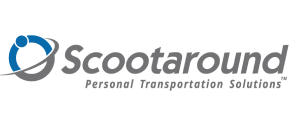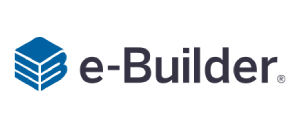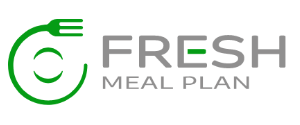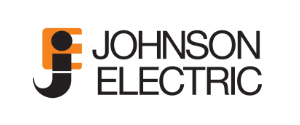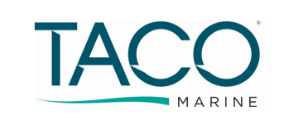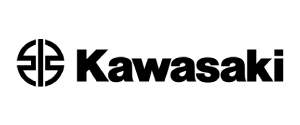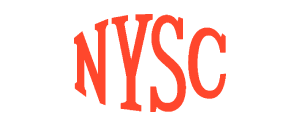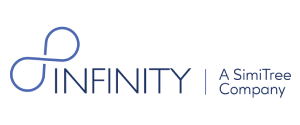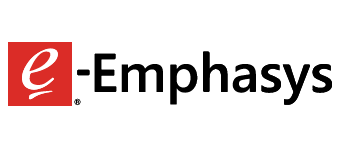Our Methodology
Since our founding, Sigma Solve has been driven by helping our clients succeed and each stakeholder and team member achieve success.
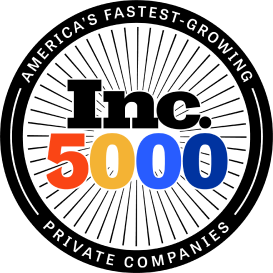
Scrum
Here at Sigma Solve, we focus on delivering results. Our teams can quickly identify obstacles, areas for improvement, and ways to get where you want to go. The Scrum methodology is highly dynamic and responsive to changes, enabling us to seamlessly re-prioritize tasks and re-organize teams as needed to meet your business needs.

Agile
Software implementation is a complex process with many moving parts, thus, changes are inevitable. The agile methodology is designed to adapt to changes and the need to produce software faster. It features customer collaboration throughout the development process and focuses on presenting functional software through its flexibility.
At Sigma Solve, we embrace change and employ the agile methodology to ensure 100% client satisfaction.

DevOps
DevOps is a methodology that combines software development (Dev) with operations (Ops). The intent is to enable communication between the teams to allow them to build, test, and release software with greater efficiency and speed. DevOps promotes continuous integration and deployment, automated testing, and transparency in code repositories.
Whenever our software and operations teams are collaborating, we deploy this effective method for streamlined communication and information sharing.

- Smart alerts that automatically fire to inform the team of errors or irregularities reduce the need for costly oversight.
- Automated testing reduces the burden of manual testing.
- Continuous deployment to roll out changes step-by-step and de-risk the project as a whole.
Prototyping
Our software deliveries are never based on guesswork, they are based on real user feedback we gather through our prototyping process. This process involves collecting user feedback to fill in gaps in usability, to design a more user-friendly product.

Our prototyping process involves the following steps:
- Defining the scope and requirements of the project through user interviews
- Creating a preliminary design using wireframes to give clients a feel of the final product
- Building the prototype with the core features and functionality
- Conducting user evaluations with various individuals to gather feedback about the product
- Refining the prototype based on user evaluations. Steps 4 and 5 are repeated until the client is satisfied with the mockup of the product
- Engineering the product once the prototype is approved






